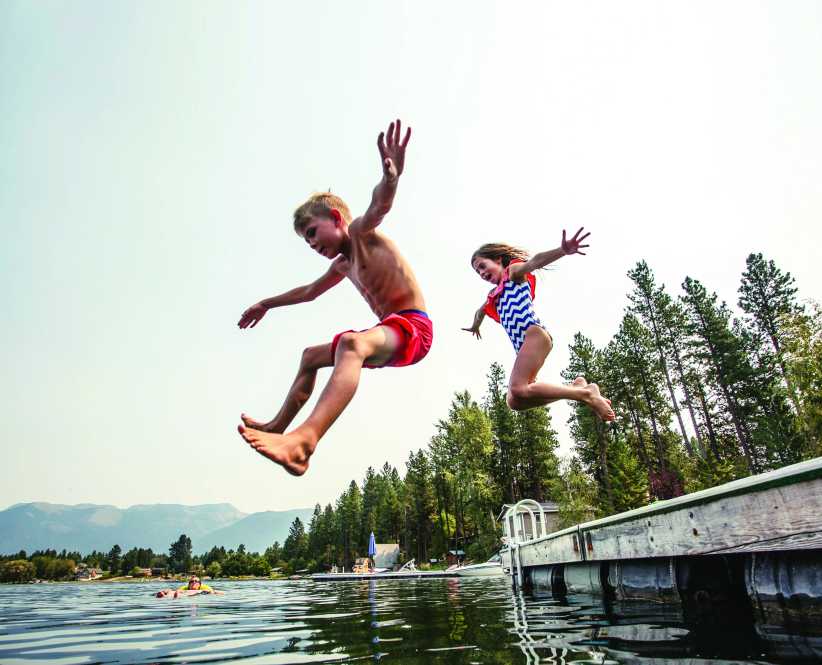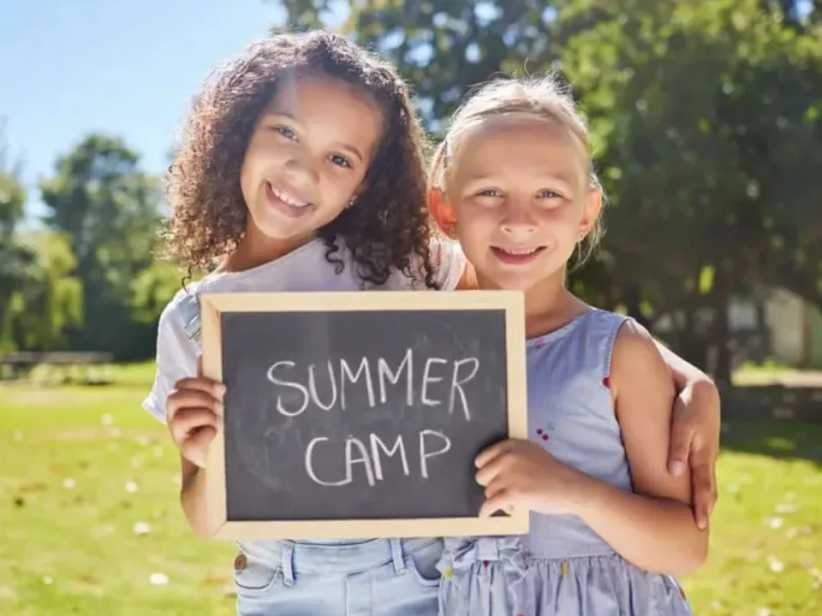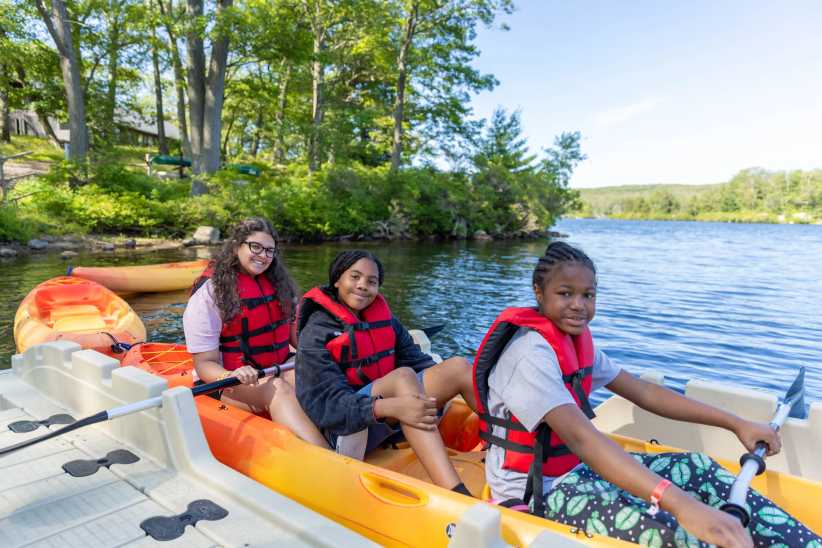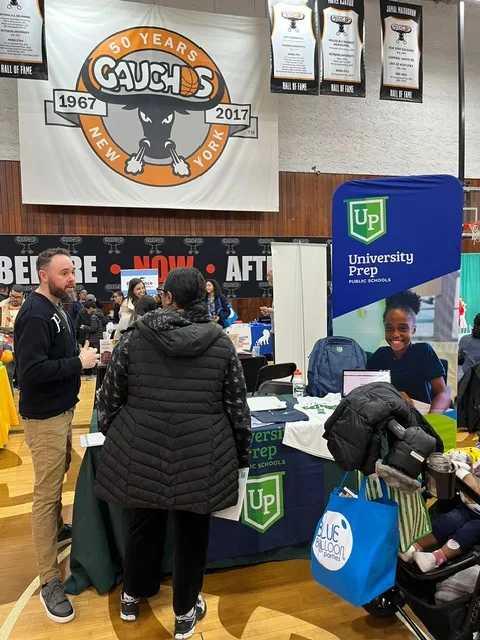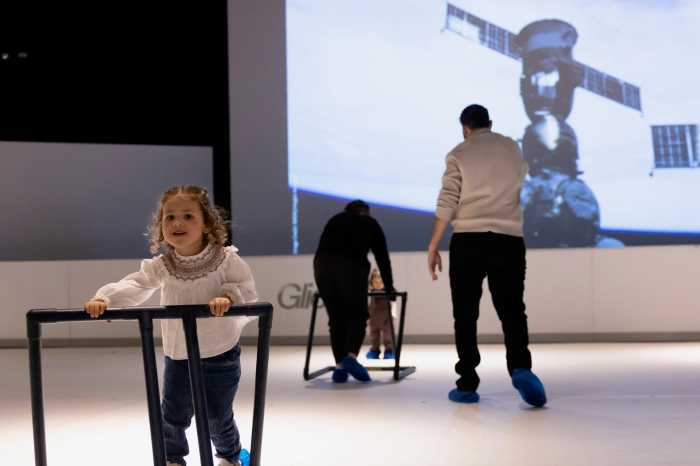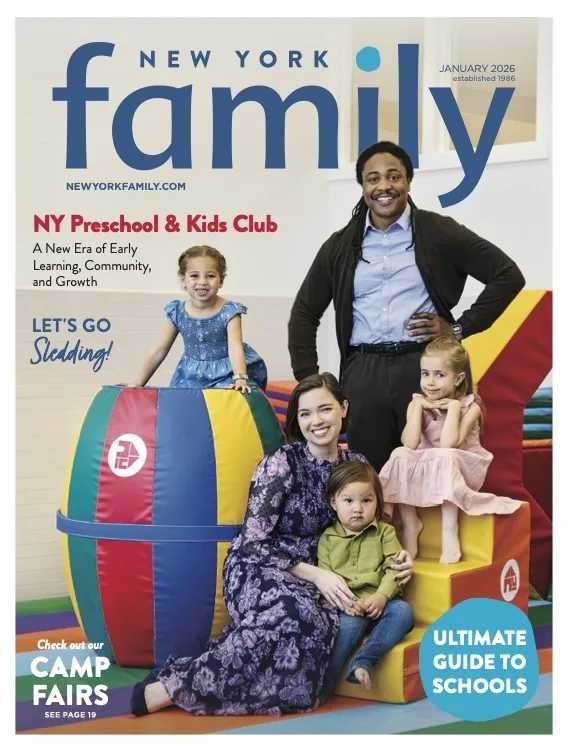
Beyond all the exciting activities that summer camp is known for—from swimming to ropes course to arts and crafts—many day and resident camps include another kind of activity in the mix that’s more about doing good than having a good time (though that’s often a part of it too). At camp, volunteering and other altruistic activities usually come under the rubric of community service. They include activities and events like swim-a-thons, performing for local senior centers, volunteering in local soup kitchens, painting old buildings, making crafts for sick children in the hospital, and sending letters to soldiers stationed in war zones.
The projects are quite common. The American Camp Association surveys have found that 48 percent of responding camps offer community service programs, with 16 percent of responding camps indicating that they had added new service learning or community service programs in the past two years.
“Many of our camps have been doing community service projects for years, with many more camps adding them each summer,” says Susie Lupert, executive director of the American Camp Association, New York and New Jersey. “We have over 40 day and sleepaway camps in the northeast participating in swim-a-thons or carnival fundraisers each summer that benefit Morry’s Camp, a nonprofit youth development camp for inner-city children. These fundraisers, as well as other community service projects at camp, teach children the importance of giving back to others.”
Often community service projects come up when the camp leaders hear about a local need, but sometimes there’s a precipitating incident in the news. “We have been doing community service projects for 15 years, but it really picked up after 9/11,” says Jay Toporoff, director of Camp Danbee, an all-girls sleepaway camp in the Berkshire Mountains. “We were all giving blood after 9/11 and wanted to do whatever we could to help. It dawned on us that we could offer one week of camp for children who lost a parent or sibling as a result of the terrorist attacks on 9/11.” Toporoff, along with two other camp directors, started America’s Camp, hosted at Camp Danbee, where children who lost a loved one could go to camp for a week and heal through music, activities, and a supportive community with other children going through the same experience. “Over the years, the Danbee campers helped us to get ready for America’s Camp by making welcome signs and writing letters,” he adds.
These days, Camp Danbee has even made community service an official part of the camp’s program, where campers sign up to participate in activities of their choice. “I start off each summer at the opening campfire talking to the girls about how lucky and blessed they are to be able to go to camp and that we should pay it forward,” Toporoff says. Camp Danbee often picks projects that are personal to their camp community. When one camper got leukemia, they designed a mural for her hospital room made of small tiles that replicate the lake, to let her know the camp community loves her. Other projects have included projects called Hearts For Heros, and Hearts For Hope, in which the kids painted clay hearts and sent them with letters of encouragement to soldiers and to children in hospitals. They once had a counselor whose husband was stationed in Iraq during the war, so they packaged up gifts, and shirts for him to give to kids in Iraq as he built relationships. Danbee kids have participated in dance recitals at local senior homes and created painted shirts for children who lost everything in the 2010 Haiti earthquake. “The staff had connected with an organization in Haiti, and they took our shirts with them. The shirts were given to them from the kids from our America’s Camp. These kids who experienced loss are now helping these kids experience loss,” Toporoff explains.
“Campers get a real joy out of doing something for others. They also bond during the projects, which builds the camp community. Children gain soccer and swim skills as a result of camp—why not have community service be one of the things they take away with them?” he adds, reflecting on why community service is such an integral part of a positive camp experience.
Resident camps aren’t the only ones doing community service, of course. In fact, Genna Singer, director of JCC Camps including the Day Camp @ the JCC in Manhattan, says one of their goals is to inspire their city campers to more fully appreciate their neighbors—both in their immediate community and around the city—whose life circumstances may not be as fortunate as theirs. “The campers come to understand that community doesn’t mean just people you interact with, but people in your whole neighborhood and beyond,” Singer explains.
One of the ways the camp facilitates this is by partnering with the West End Residences, a nonprofit organization on the Upper West Side that provides transitional and permanent housing and services for the homeless and formerly homeless youth, families, and older adults. The campers put together art kits for the children at West End Residences. They come up with the art project idea and also write out the directions. The campers at Day Camp @ JCC also do similar art kits for sick children at Mt. Sinai hospital (“allowing them to have a break from feeling like they live in a hospital”), sing songs for elderly adults at a local senior center, and prepare meals for local homeless shelters.
“The bottom line is that the kids come to understand the deepest concept of community, that sometimes you can give, but sometimes you are the person in need. This is something our community feels strongly about—our families, counselors, kids,” Singer says. “We are centered in the middle of our neighborhood, and we are a community center to all different people who walk in every day. Even with 3-, 4-, and 5-year-olds, it’s important they understand the needs of others, how you can have an impact on someone’s daily needs.”

